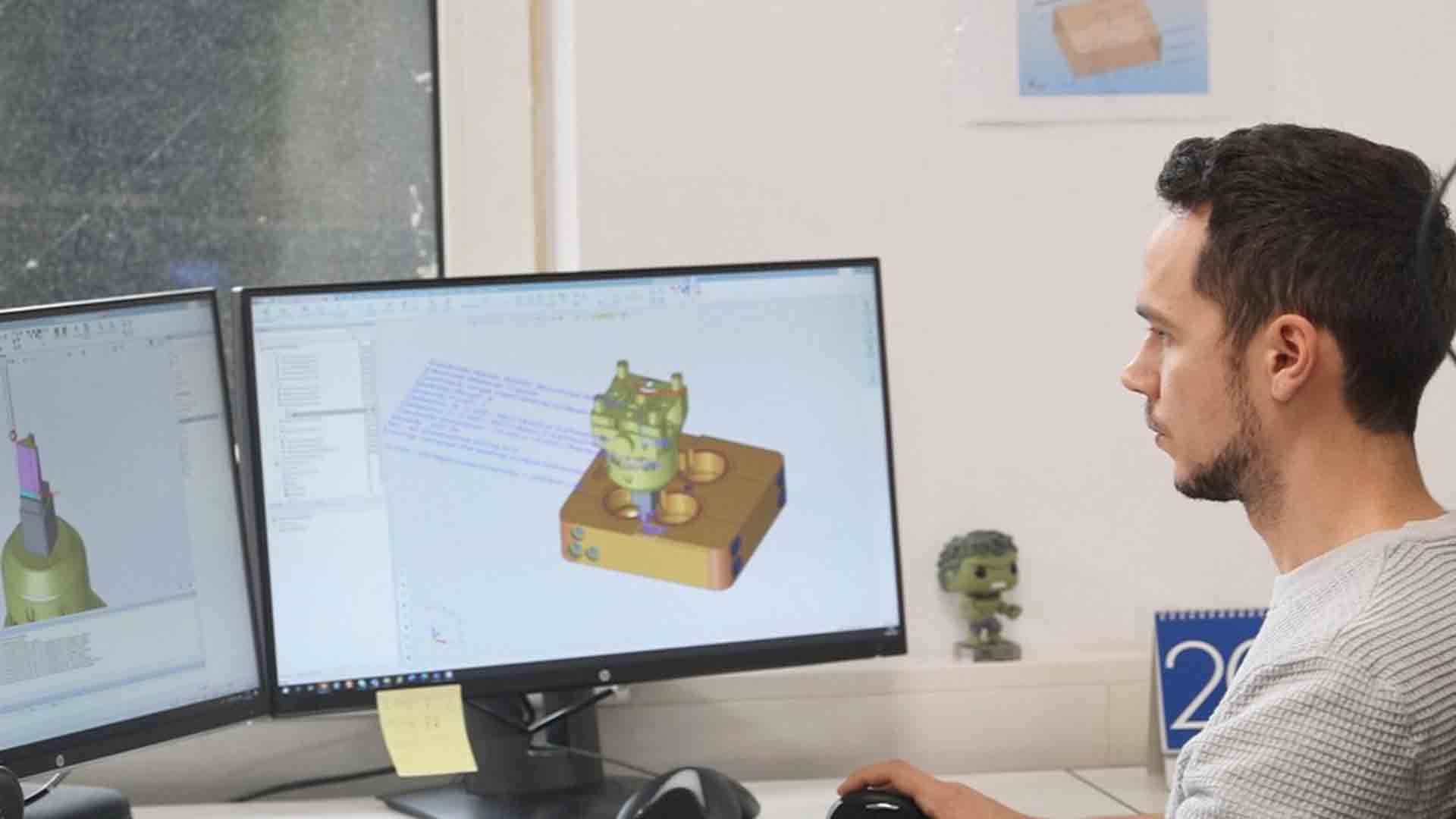
For us, it is particularly important that the software experts at Cimatron always listen to our wishes, suggestions and needs. They listen to us very carefully and also implement the suggestions promptly. This way, we get practical solutions for our challenges very quickly
At the family-run Alpla Group in Hard, Vorarlberg, high-quality packaging systems are one of the products manufactured. In theold shop at the group’s mai site, the toolmakers primarily build blow molds for PET bottles and injection molds for the screw caps that go with them. For the necessary data consistency and a high level of process stability and safety, the experts in injection mold making rely on the Cimatron CAD/CAM system.
The Alpla Group’s headquarters in Hard in Vorarlberg, Austria, is also home to the company’s lead moldmaking facility. The mold makers primarily produce blow molds for PET bottles and high-cavity injection molds for the caps of these bottles, but also caps for other food packaging or even cosmetics. High precision and, in particular, accurate repeatability, especially in the production of the cavities of the complex injection molds, characterize the work of the moldmakers.
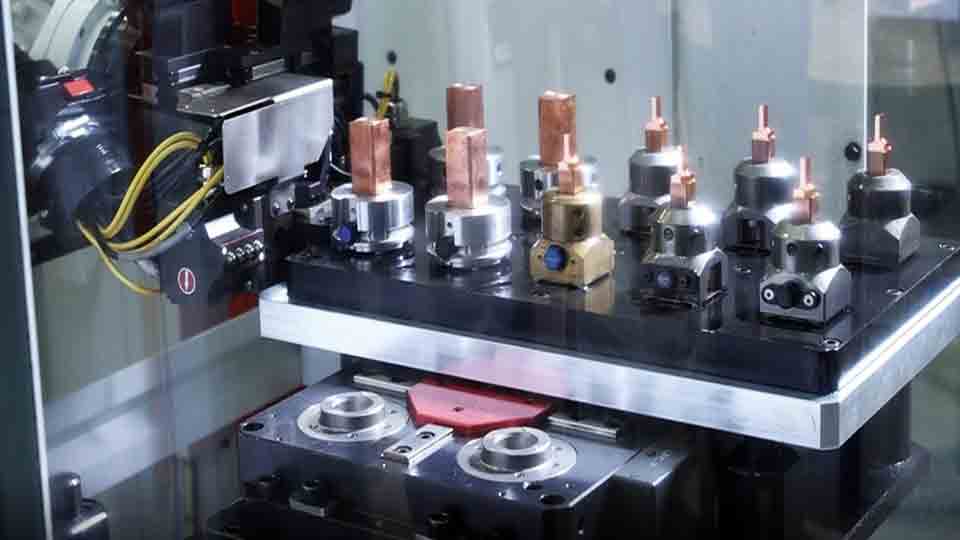
“Our mold shop has a very high level of automation,” explains Tim Helbock, developer at Alpla. “Among other things, we operate a fully automated EDM line that includes four die-sinking EDM machines as well as coordinate measuring machines from Zeiss and a MAFAC washing machine on an Erowa automation system. A Hermle automation system houses two Hermle C 42 U universal machining centers for machining unhardened steels and a Röders RXP 950 DSH HSC milling machine for electrode and hard milling.”
Both lines operate fully automatically and Cimatron supplies the programs and important data for communication with the CERTA job management system of the Erowa line and the Soflex system of the milling cell. The Zoller TMS tool management system also exchanges its data with Cimatron in real time. The excellent interfaces of the CAD/CAM package ensure high data consistency. In addition, Cimatron supplies data for exchange with the Plantool ERP system, which enables transparent and up-to-date production planning in the production control system. The toolmaking know-how at Alpla came into the company about ten years ago with the takeover of the external M+S toolmaking company, which was also located in Hard and with which Alpla had already had a long-standing partnership.
The new department, which has since grown to 50 employees, started with the six employees of this tool shop. From the very beginning, the goal was to make appropriate use of the digital possibilities of Industry 4.0 wherever it makes sense to do so. This requires powerful software as the backbone of production. The people in charge made a very conscious decision in favor of Cimatron here.
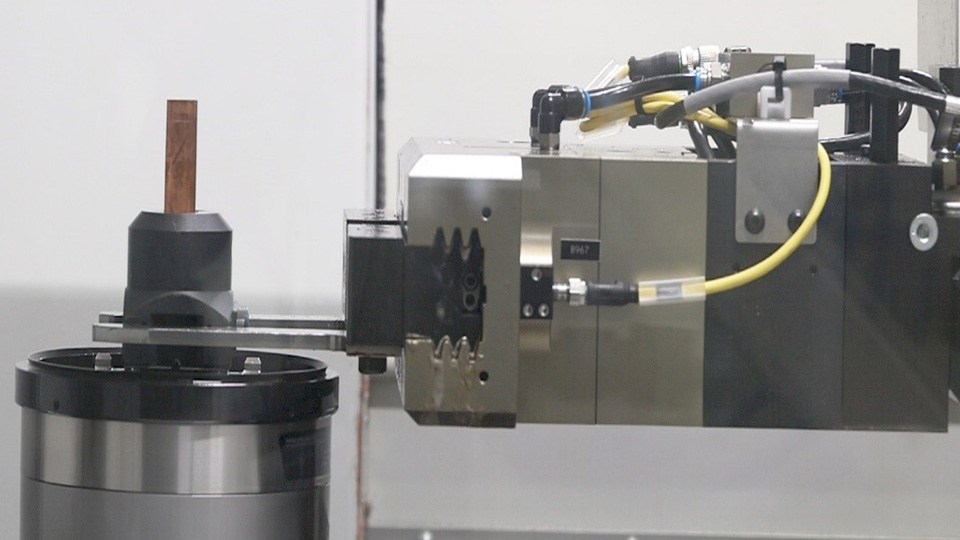
The entry into Cimatron was once made via the CAD functions, which exactly fit the needs of the new internal tool and die shop. Today, however, the CAM side is at least as important - thanks to the high level of expertise of Cimatron’s post-processing specialists, the programs are very accurate and the simulation of machining also matches reality exactly. The software package is the data backbone that provides all machines with valid and up-to-date information.
The system plays to its strengths at Alpla, particularly in the area of electrodes, assemblies and support. “What is always fascinating for us is how much the Cimatron specialists know about machines - they are downright freaks in the best sense,” Helbock reveals. “They test the limits of the machines and in doing so ensure efficient, productive processes that are also stable and safe.”
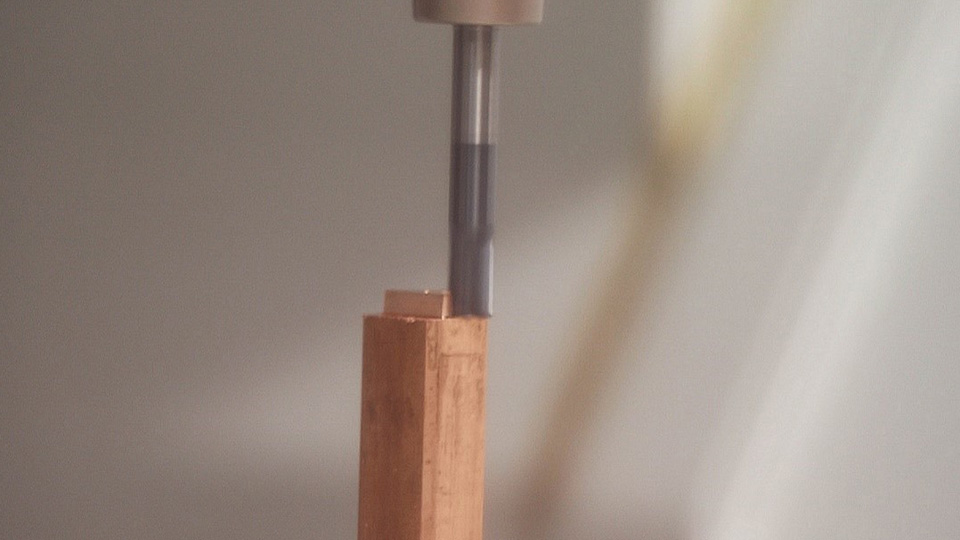
At Alpla, the tool specialists erode with both graphite and copper electrodes. “For 3D geometries, graphite electrodes are the better choice for us,” explains Helbock. “For mold sections with sealing surfaces, however, we still rely on copper electrodes - this enables perfectly sealing surfaces.” The copper electrodes are primarily created on the Röders RXP 950 DSH HSC milling machine.
The tolerances here are in the lower single-digit μm range. And to ensure that deviations from the nominal dimension cannot affect subsequent operations, it would be a great advantage for the toolmakers to measure the milled electrodes while they are still being clamped in the automation line. This would allow corrections to be made quickly and precisely.
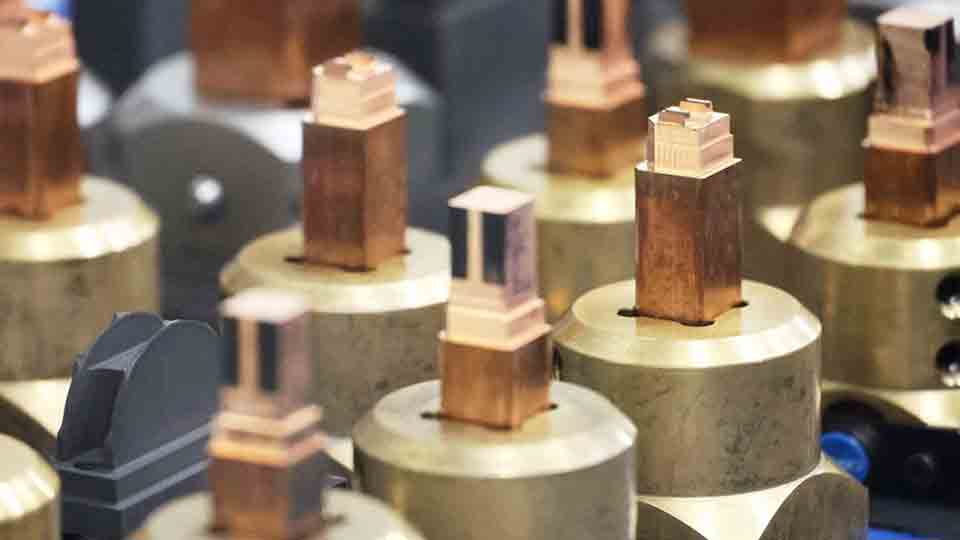
“However, we do not have a coordinate measuring machine integrated in our milling line,” Helbock emphasizes. “So for measuring, we would first have to bring the electrode to the measuring machine in the EDM line or in the measuring room, measure it there and then transfer it back to the milling line for any necessary correction. Manual steps that cost time and would severely disrupt the otherwise highly automated process in our production.”
The alternative came in the form of the new Röders RXP 950 DSH HSC milling machine integrated into the milling cell: “This machine brings the high level of accuracy required, which allows full-fledged quality measurement on the machine,” explains Helbock. “Cimatron generates the measuring points relevant for this from the workpiece geometry data and transmits them to the Röders machine. This allows us to check the dimensions of the workpieces immediately after machining.”
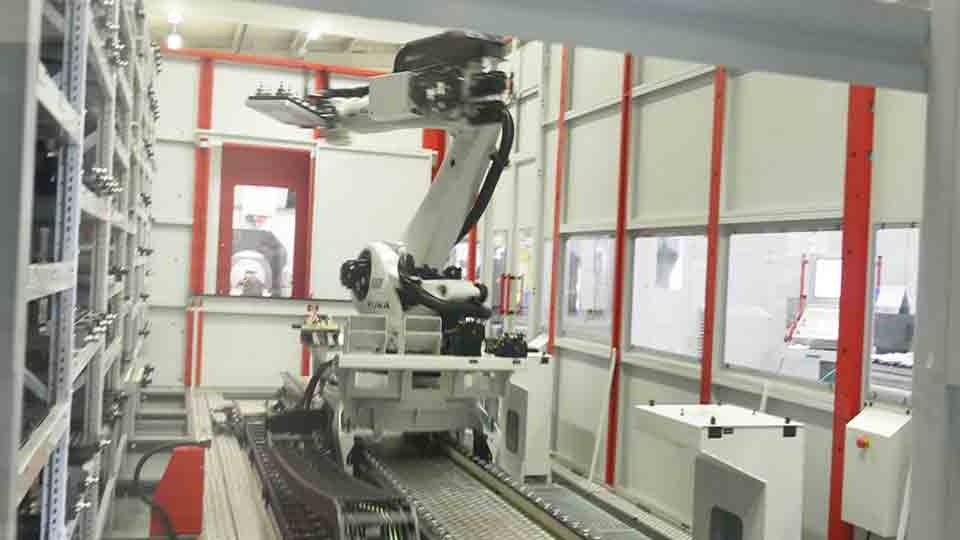
This is done quickly and still in the same setup. And the deviations of the measurement results of the highly accurate Röders compared to those of the coordinate measuring machines are minimal - so they are a valid variable for evaluating the workpieces.
Often, however, everything already fits after milling at Alpla, and corrections are usually unnecessary. But the measurement increases the reliability of the subsequent processes. Unlike measuring on the Röders machine, the coordinate measuring machines in the measuring room are currently still programmed there on site - here Helbock sees definite potential in an integration into Cimatron, because the software offers comprehensive support for the measuring machines used at Alpla.
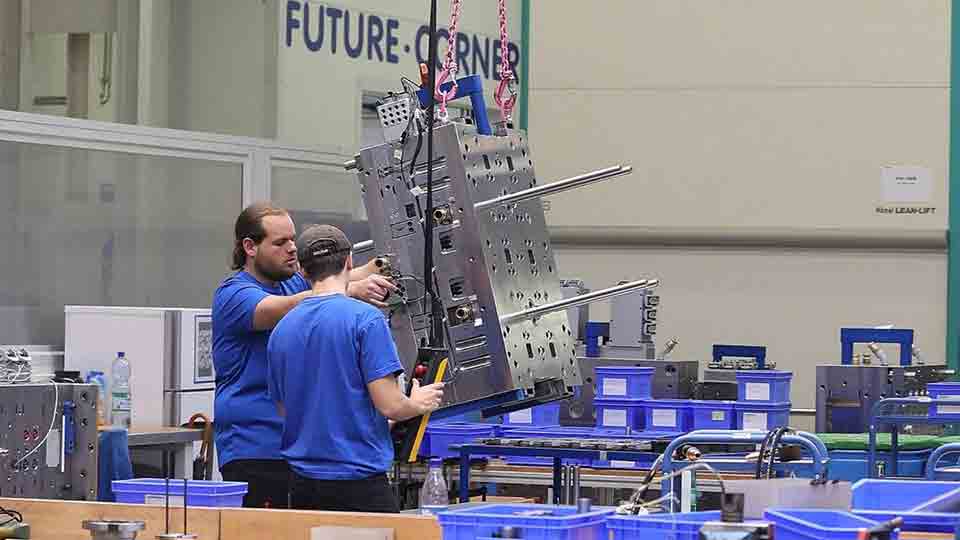
The high process reliability and stability at Alpla is systematic. The toolmakers simulate all programs and check them in Cimatron to make sure they are collision-free. And they certainly push the limits with their programs. “It happens again and again that we switch off the collision check on the machine to gain additional leeway - if the simulation from Cimatron tells us that the machining fits, we can rely on it one hundred percent,” Helbock explains. “This expands our machining options.”
The majority of the workpieces are produced in unmanned operation - including all electrodes. The tools are checked for wear and breakage with a Blum laser after each machining operation. “In the process, we have determined that if there are deviations of more than 2 mm, we will put the order on hold so that an employee can check the workpiece,” says Helbock, explaining the procedure established together with the Cimatron experts. “In the case of larger deviations, we stop the machine completely as a precaution to avoid out-of-tolerance machining or even damage to the production line. After all, the cause could be something more serious.”
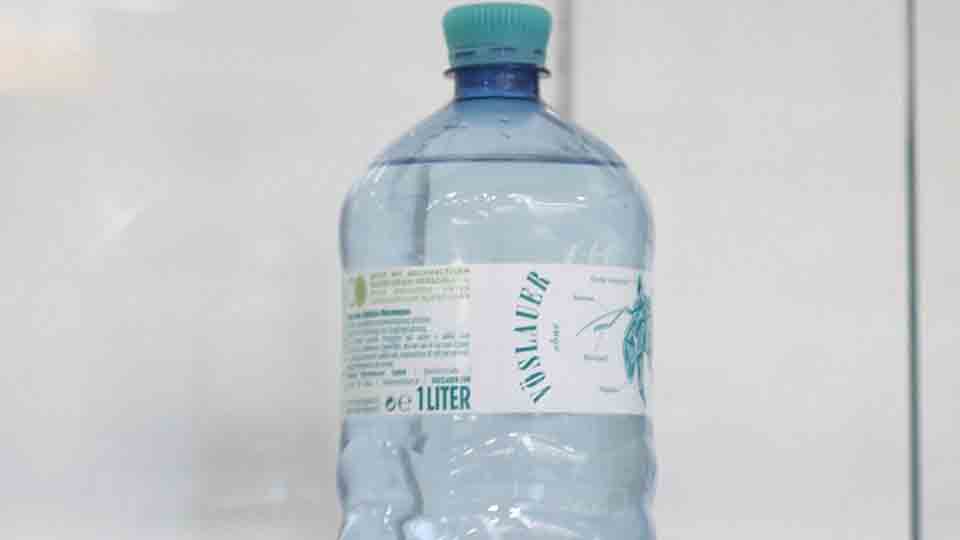
Cimatron definitely still has potential that is not yet being used at Alpla. Thanks to very close and actively used contact with the software experts at Cimatron, the mold makers are constantly opening up new possibilities for themselves on the one hand, but on the other hand, with their comprehensive practical knowledge, they also help the software house to continuously improve the functions of the CAD/CAM package and expand their scope.
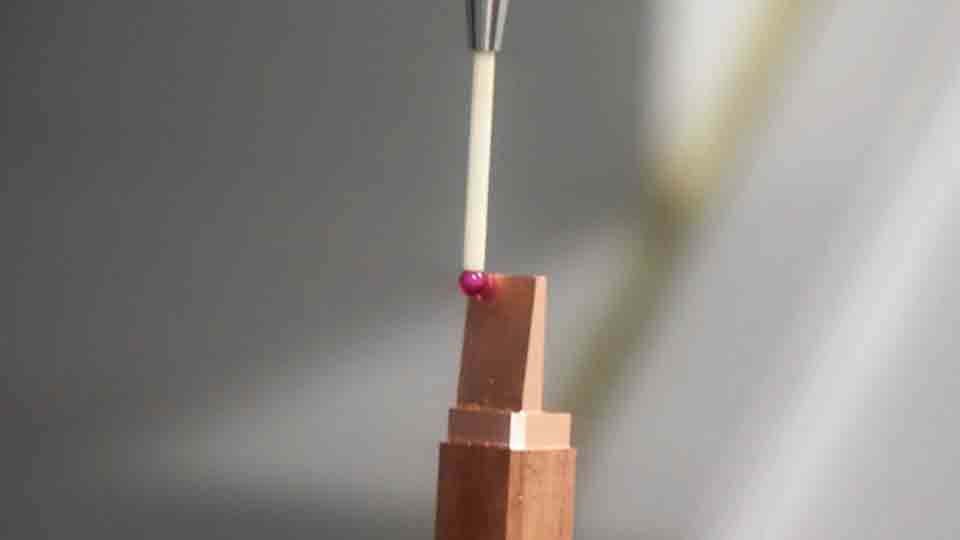
“Particularly important for us: The software experts at Cimatron always have an open ear for our wishes, suggestions and needs,” Helbock emphasizes. “They listen to us very carefully, and they also implement some of the suggestions promptly. So we get workable solutions to our challenges very quickly.” Cimatron quickly incorporates such changes into the next current release of the software - so the helpful innovations are quickly available to all Cimatron users. “In this way, all users can benefit,” Helbock sums up. “With this strategy, Cimatron recognizes current demands on the industry very quickly and can make users fit for the constantly new challenges of the competition with practice-oriented solutions.”
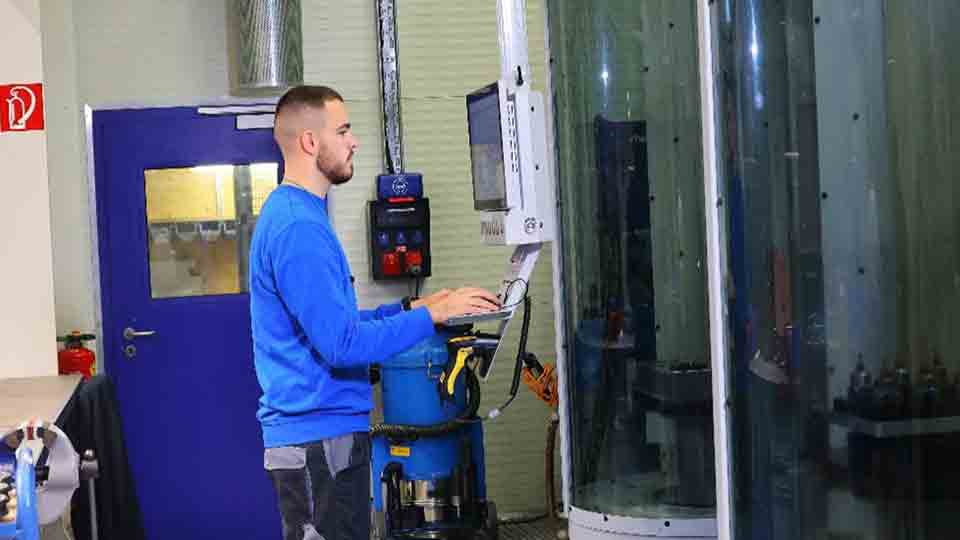
Cimatron generates the measuring points relevant for this from the workpiece geometry data and transmits them to the Röders machine. This allows us to check the dimensions of the workpieces immediately after machining.
Alpla is one of the leading protagonists in the development and production of innovative plastic packaging solutions. The 22 100 employees at now 177 locations worldwide produce innovative packaging systems, bottles, closures and injection molded parts for a wide variety of industries. The tradition as a family-run company, state-of-the-art technologies Groupas well as the knowledge and commitment of the employees characterize the company and its products. Sustainability and the careful use of resources are the foundations of the company’s business activities. With more than 25 years of experience in recycling and its own recycling plants, Alpla helps to ensure that plastics remain in the material cycle.
The CAD/CAM software Cimatron enables very precise measurement of specific dimensions on correspondingly accurate CNC machines. Different measuring cycles are available for this purpose. At Alpla, the toolmakers measure both electrodes and hard-milled workpieces on a Röders RXP 950 DSH - it provides the correspondingly required accuracy ex works. Measurement results on the part that are outside the tolerance are marked accordingly on the automatically generated measurement report. In addition, each tool is checked for wear and breakage after machining. Based on the measurement results, different follow-up actions are triggered so that as few downtimes as possible occur.
Close contact between users and software developers is a great advantage, especially with a CAD/CAM system like Cimatron - for all sides. If the software developers have an open ear for sensible suggestions and also process them quickly, the users promptly receive practicable solutions to their challenges. And nothing better can happen to a software company than committed and experienced users pointing out the potential for improvements, enhancements and additions. A partnership at eye level that benefits all users of the CAD/CAM package.
ComplexaHPE utilizes Cimatron CAD software to design intricate molds for the medical industry, enhancing efficiency and precision in producing complex tooling needed for various medical components.
Stevenson High School's MADE Program, in collaboration with Zero Tolerance and Cimatron, is training the next generation of manufacturers through hands-on experience and industry partnerships to address the skilled worker shortage.
WeForm, responding to growing customer demands, invested in a fully automated production cell integrating 5-axis HSC milling and Cimatron CAD/CAM software for efficient production of high-quality plastic and zinc die-cast parts across various industries.
Everstampi, a family-owned company in Misinto with more than 40 years of experience in plastics mold design, stands out for its innovation and focus on customer service, using CAD/CAM solutions from Cimatron to optimize the production process and ensure complex, high-precision molds.
Classic Tool & Die, leveraging Cimatron's advanced CAD/CAM software, achieved a 75% productivity increase and reduced its carbon footprint, while successfully tackling challenging die design projects and fostering innovation with automotive OEMs.
A focus on electrode design and automation helps toolroom improve efficiency, reduce tooling costs and deliver higher quality products.
Follow us on